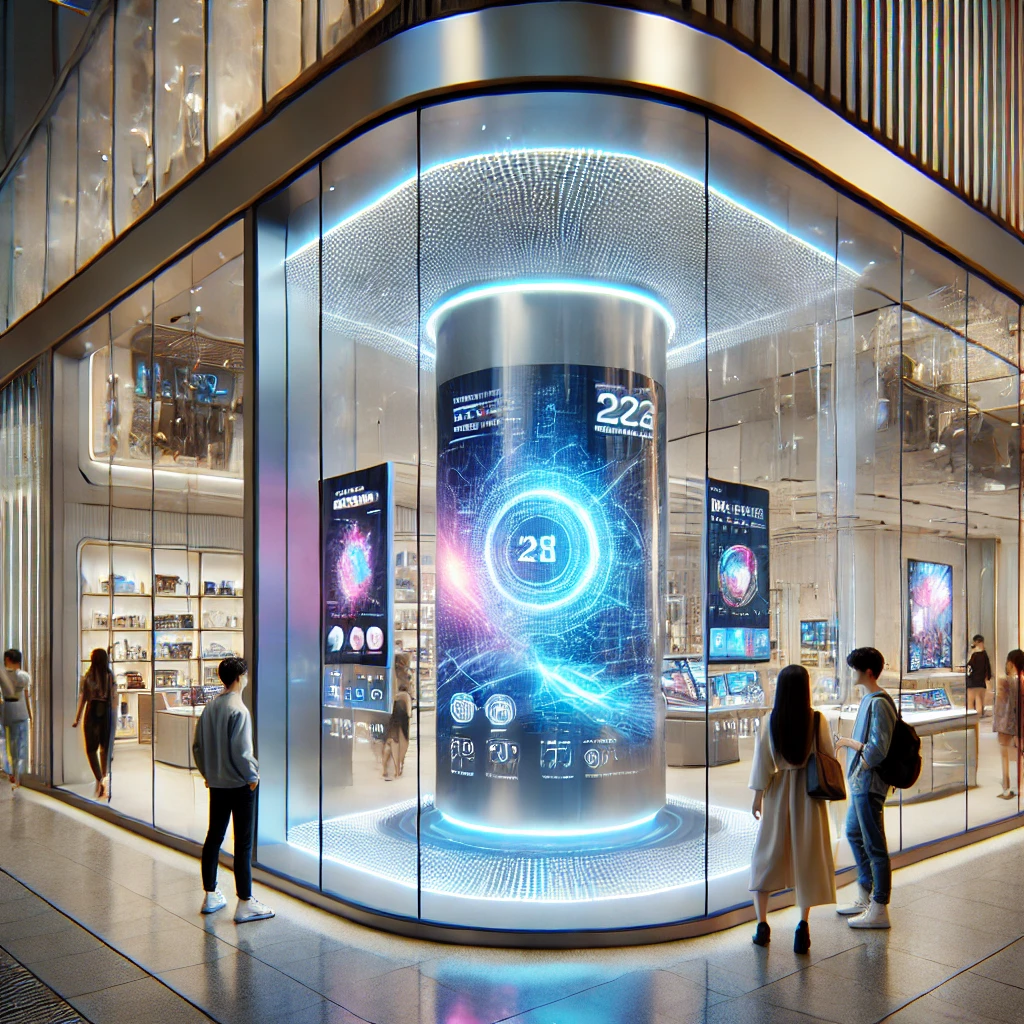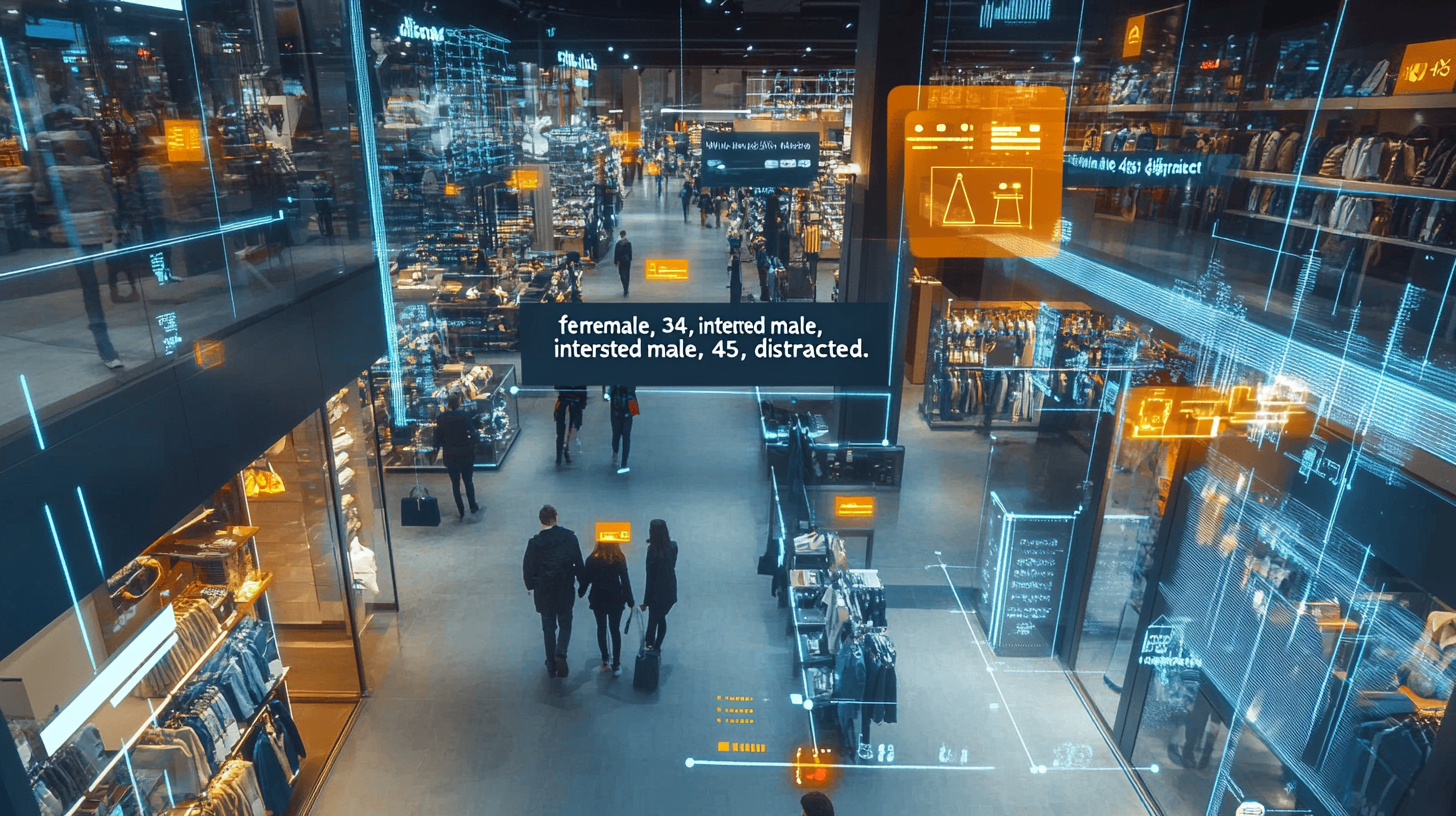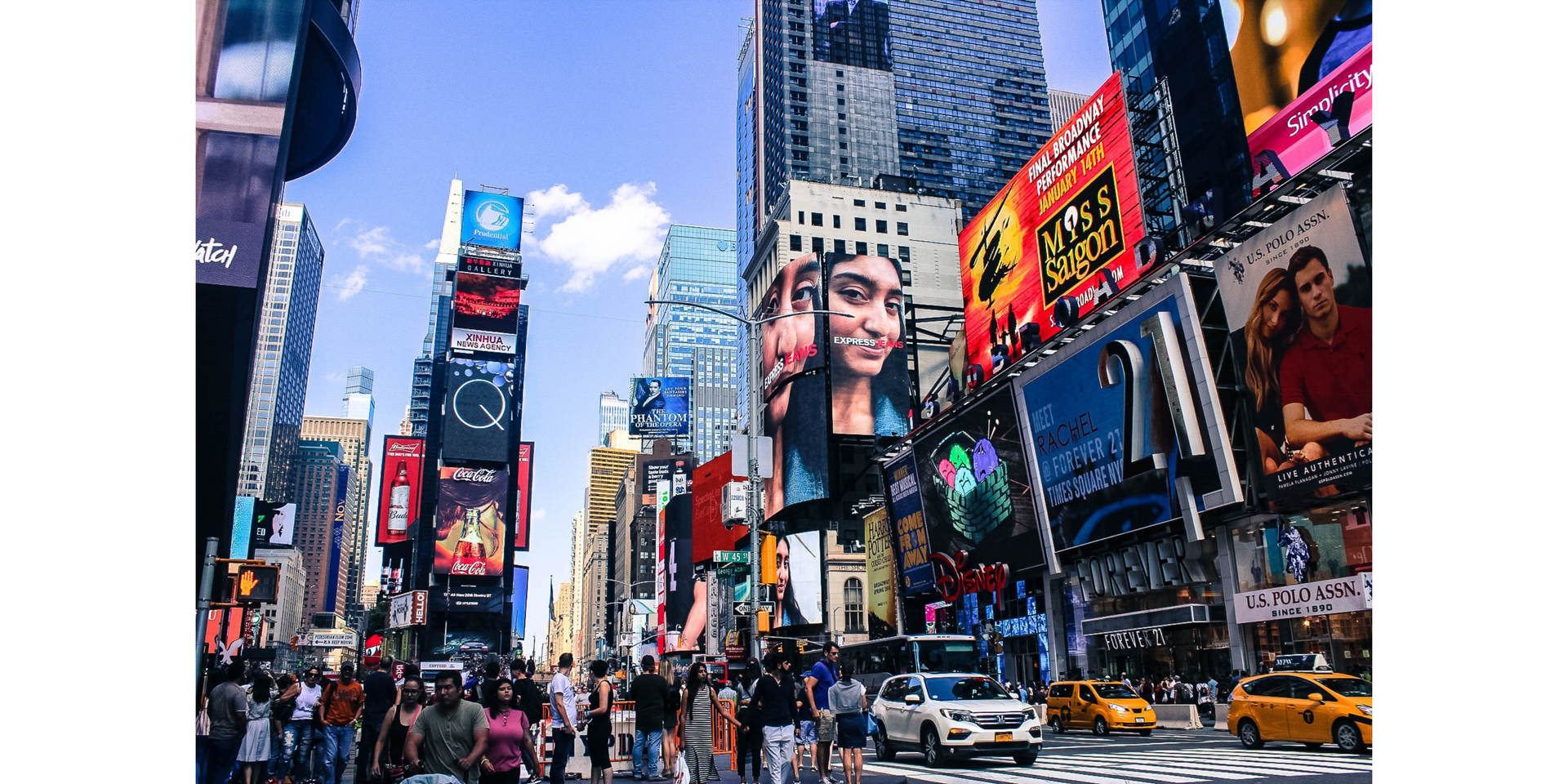Questions To Ask Before You Buy Digital Signage
They’re everywhere… digital screen providers that promise you the world, then can’t deliver the dynamic integrations you asked for. You need to know what to look for, before you make a very time-consuming, headache-inducing, and probably very expensive mistake.
1.How long have you been in business, and what references do you have?
This is the most important question. Any digital signage vendor without an adequate track record and history of successful installations should immediately raise red flags for you. Your provider should be able to show you they are both trustworthy, experienced in your field, and can get the job done without hassle.
2.What services do you provide? i.e. Hardware advisory, Hardware procurement, Construction, Installation, Commissioning, After-sales services such as Maintenance, Content creation & Content management?
Many “digital signage companies” are actually focused only on selling you a piece of hardware with a bundled software package, and may stop there. Others may recommend installer partners, but leave it to you to manage installation. If you want to save on cost with a Do-It-Yourself approach using your own third-party contractors, you should know your threshold for headaches first. Don’t underestimate the complexity of these projects; a relatively simple and straightforward project can require a licensed Construction & Groundworks team, a licensed Electrician, a Digital signage specialist Technician, a Network specialist and a Project manager. There are many ways that projects can go wrong (“the screen just… doesn’t work”) that lead to an excessive amount of finger-pointing, which drains your time and resources. Know what you’re getting yourself into – a safe set of hands can be worth it.
3. (As a follow-up to #2) Are you a true consultant? i.e. Do you only sell the solution that best fits your method of gaining revenue, or do you truly intend to consult me on the best solution to fit my needs?
“If all you have is a hammer, everything looks like a nail”
Buyer Beware: A lot of digital signage providers out there have Preferred Partner deals with one or two manufacturers, and may push you toward one product or another… which may not be the best fit for your needs, but succeeds in lining their pockets.
4. Is the digital signage server web-based? Can I interrupt the content, to show a special message? What if the server goes down, or Internet is unavailable, will the media players still perform?
This three-part question speaks to both the ease of use and the technical capabilities of the digital signage software. In our experience, user-friendly softwares will typically be web-driven, offer great support, and some even include apps that further simplify the process of dynamic content scheduling (which can get very complex). As to the third question, solid solutions have hosted infrastructure with guaranteed uptime, and if the internet is unavailable, a robust software not only will continue to perform but also send you a notification that connectivity has been cut off and maintenance may be required.
5. What type of warranties are there on your hardware and software?
All digital signage providers will offer at least a 1-year guarantee on hardware as standard. But what does that warranty involve? Sending your unit back to China for 6 months, after which you will (maybe) get back a working unit? Providers with ample experience who know how the technology performs, are comfortable providing extended guarantee periods.
6. What is the pricing model for the various components (hardware / software / services)?
Your basic vendors will only offer Cash Purchase models on hardware. For certain clients, Full-service providers can sometimes offer alternative structures such as Lease, Long-term Rental, and some creative financing which can be very attractive. The reason why full-service players can offer financing is because lenders will generally decline to finance a transaction that does not involve 1) an installation supplier with a track record of delivering on-time and 2) a trusted maintenance supplier that will ensure the assets are well-maintained. If you are looking to pursue an alternative structure, make sure you are able to furnish your most recent annual accounts, and management accounts that are no older than 90 days.
Software models can vary depending on the solution, from outright purchase to SaaS (Software as a Service) monthly licenses. The same goes for Services such as Maintenance & Content management Service Level Agreements. Great deals can bundle costs together in one single financing package.
7. How much training is available to me after I purchase? What type of software and/or hardware support do you offer? Can you provide a full maintenance package? What if I need content creation & content management services?
Hidden Cost Alert! Some providers charge to train you how to use your own digital sign you just purchased – yes, like buying a Meccano set then having to pay extra for the instruction manual. Full-service providers understand clients need some time spent educating on the proper use – and potentially, proper care for – their new digital signage installations and incorporate this into the project budget. They also tend to provide hardware support, and will know software packages enough to answer most questions (though software providers will generally have their own 24/7 helpdesk for support). Maintenance packages should include both preventative & reactive maintenance to keep equipment in tip-top condition. Content creation & Content management are no problem for full-service providers; annual contracts are the norm.
8. What type of pilot programs have you run in the past? What can you tell me that would be beneficial as I seek to implement such a pilot?
Digital signage providers that have done work for blue-chip clients in the past will have experience with pilot programs, and will be able to offer advice about deployments and proper goal-setting in order to judge the success of a pilot. Some of the best advice prior to implementing a pilot: “Define your goals, and develop metrics to measure success.” Experienced providers can be an invaluable hub of information in the pilot process, and should be involved early on to best leverage strengths.
9. I want to incorporate (beacon technology / in-store WiFi / customer tracking / ERP system connection) so that I can better track results at the cash register. Can I do that with your solution?
More likely than not, if your digital signage provider is any good, he or she will be asking you about the integrations you would like to implement. Once upon a time, providers of off-the-shelf systems used to not venture into the territory of tech add-ons and data collection. However, some less-than-experienced companies will sell integration packages without fully understanding the add-on technology, which can result projects falling short of your high expectations. It is up to you to know which companies can actually deliver. Better to know that the Emperor isn’t wearing any clothes before you make the purchase.
